5 Scottish legends you should know
Scotland, land of legends... Between chimerical creatures and frightening ghosts, discover 5 legends from Scottish folklore that will make you see this fabulous country in a different light. Some will amuse you, others will make your hair stand on end, but all will allow you to become unbeatable on this remarkable aspect of Scottish culture.
1) The Loch Ness Monster
No need to introduce the most famous of Scottish legends: Nessie, the Loch Ness monster! Many say they have seen the mythical dinosaur-like creature floating on the surface of Loch Ness in the heart of the Highlands, almost putting us in doubt as to its existence… There is indeed reason to ask, knowing that the earliest evidence dates back to the 6th century, when the Irish monk Saint Columba first came face to face with the menacing monster. Since then, testimonies and photos supposed to represent Nessie have multiplied, without any convincing reason being able to be brought to this craze. Knowing that Loch Ness is the longest and deepest lake in Scotland (36 km and up to 272 meters deep!), who knows what really hides in its depths?
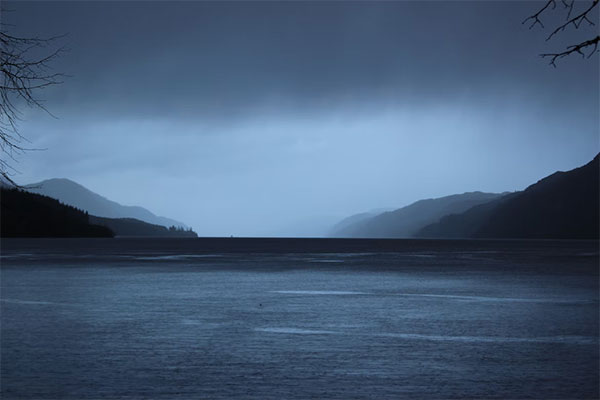
2) Haunted Glamis Castle
Scotland is renowned for its many haunted castles, including the most famous of all: Glamis Castle. It is said that no less than 7 ghosts haunt the place… Among them, the “deformed child”, son of the 3rd Earl of Glamis, who would have been immured alive in a secret room because of his monstrous appearance… On the benches of the chapel, it's not rare to come across "the gray lady", the ghost of Lady Janet, wife of the 6th Earl of Glamis, who was accused of witchcraft and burned alive in Edinburgh in 1537. Another equally terrifying presence : the ghost of the second Lord Glamis, who agreed to play cards with the Devil on a Sabbath day and sold his soul to him. Since then, despite the walls built around his room to stifle his cries, he can still be heard moaning and swearing. It even happens that some visitors find it leaning over their bed in the middle of the night... Other ghosts continue to roam Glamis Castle, maintaining the legend of the Scottish castle and delighting visitors in search of chills.
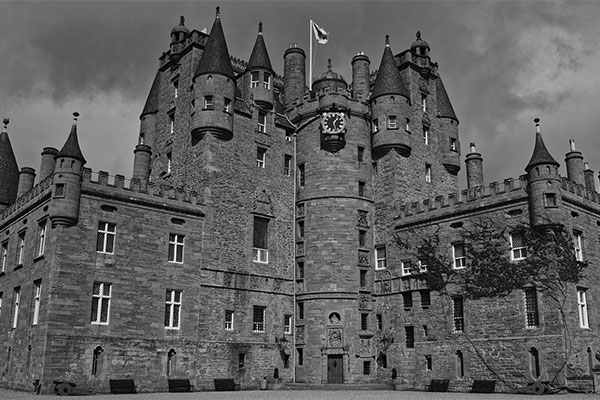
3) The Kelpies
Another mythical creature from Scottish folklore: the Kelpies, aquatic beings that roam the lochs and rivers of Scotland. Beware of these malevolent spirits who usually take on the appearance of horses and lure innocent victims onto their backs to drag them to the bottom of the water where they will meet a fatal fate. Kelpies can also shape-shift into particularly attractive young humans, who lure their prey to the water's edge to meet the same doom, drowning or devouring them. But the Kelpies still have a weak point: if you manage to place a bridle around its neck, the legendary creature will make you its master and will obey you forever. The Kelpies have such an important place in Scottish mythology that two huge statues representing them have been erected by sculptor Andy Scott in the heart of Helix Park, not far from Glasgow.
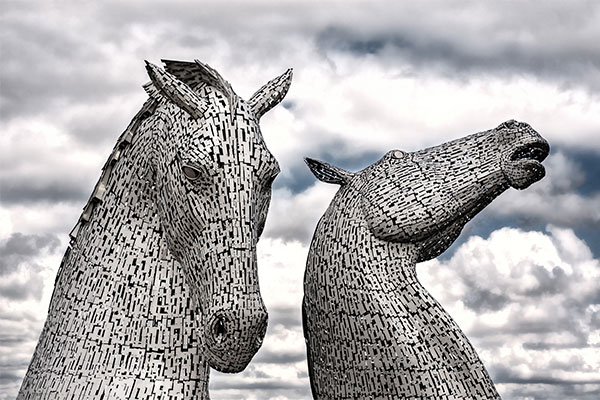
4) Edinburgh's Underground City
Buried in the depths of Edinburgh lies a world apart, a maze of alleys, houses and vaults, haunted by the ghosts of its former inhabitants. Frozen in time since the 17th century, this underworld known as Mary King's Close was home to sufferers of the bubonic plague, a scourge of the time, who were quarantined there in a desperate effort to stem the epidemic. Among these banished souls was Annie, a little girl separated from her family and her doll, whose ghost continues to haunt the place. To comfort her, tourists bring her toys and stuffed animals, which continue to accumulate under her vault.
But little Annie is far from being Edinburgh's only ghost… It is even said that the Scottish capital has more ghosts than inhabitants. If you ever hear the sound of a drum resounding there, it is undoubtedly the boy with the headless drummer boy, who appeared for the first time in 1650 and whose appearance announces a bad omen. The sound of his drum rocks the city at all hours of the day, without any human player being ever seen or identified...
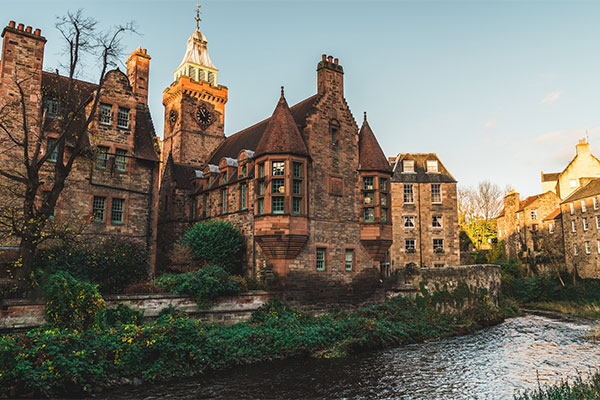
5) Scotch Thistle
The legend has its roots in the Middle Ages, during the turbulent times when Scottish lands were highly prized, and when the fearsome Danish Vikings set out to conquer the Highlands. Following their many failed attempts to invade the Scottish shores, they decided to resort to trickery to take the proud Scots by surprise. Taking advantage of the night and the latter's sleep, they took off their shoes in order to make as little noise as possible and advanced towards the castle across the fields... without suspecting that they were about to cross a field of thistles. Louder and louder cries of pain echoed through the night, awakening the Scottish sentries, who managed to repel the onslaught of the unlucky Vikings. Since that day, the thistle has become a symbol of pride for the Scots, but also that of their country.
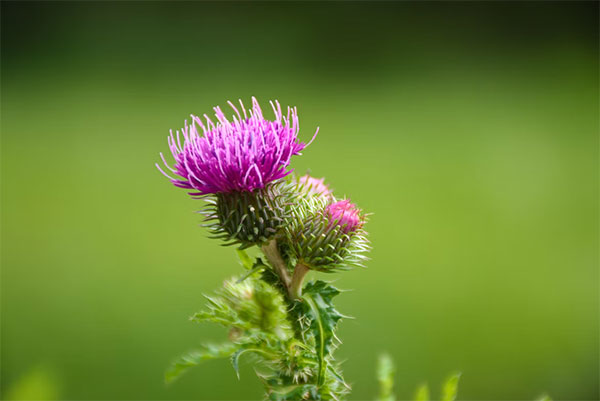
Article written by Camille L.
